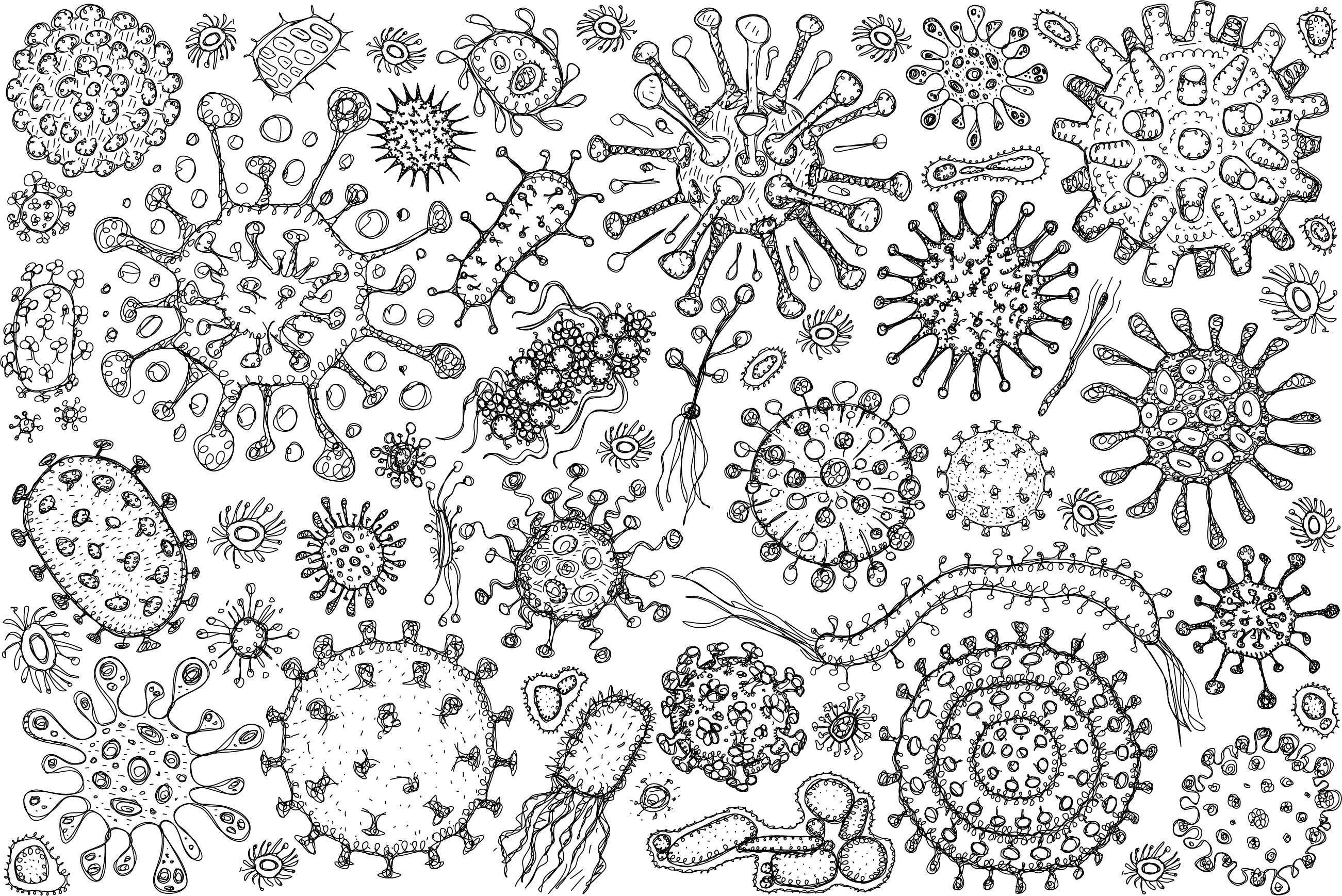
Publication: Constraining the oxygen requirements for modern microbial eukaryote diversity
Significance: Modern eukaryotes were present, but marginalized, in ecosystems until no later than ~800 Ma or so, when the biosphere began transitioning to a eukaryote-rich state. Why eukaryotes diversified around this time in Earth history remains unclear. For decades, the most popular proposed driver for this early diversification of eukaryotes has been a contemporaneous increase in atmospheric oxygen (O2). The oxygen levels required to drive such a diversification event, however, remain unknown. To empirically constrain these requirements, we explored the diversity of microbial eukaryotes living along a modern marine oxygen gradient. Our results suggest that only a rise in atmospheric oxygen from below to above 2 to 3% of modern levels would have directly driven the early diversification of modern microbial eukaryotes.
Abstract: Eukaryotes originated prior to the establishment of modern marine oxygen (O2) levels. According to the body fossil and lipid biomarker records, modern (crown) microbial eukaryote lineages began diversifying in the ocean no later than ~800 Ma. While it has long been predicted that increasing atmospheric O2 levels facilitated the early diversification of microbial eukaryotes, the O2 levels needed to permit this diversification remain unconstrained. Using time-resolved geochemical parameter and gene sequence information from a model marine oxygen minimum zone spanning a range of dissolved O2 levels and redox states, we show that microbial eukaryote taxonomic richness and phylogenetic diversity remain the same until O2 declines to around 2 to 3% of present atmospheric levels, below which these diversity metrics become significantly reduced. Our observations suggest that increasing O2 would have only directly promoted early crown-eukaryote diversity if atmospheric O2 was below 2 to 3% of modern levels when crown-eukaryotes originated and then later met or surpassed this range as crown-eukaryotes diversified. If atmospheric O2 was already consistently at or above 2 to 3% of modern levels by the time that crown-eukaryotes originated, then the subsequent diversification of modern microbial eukaryotes was not directly driven by atmospheric oxygenation.

